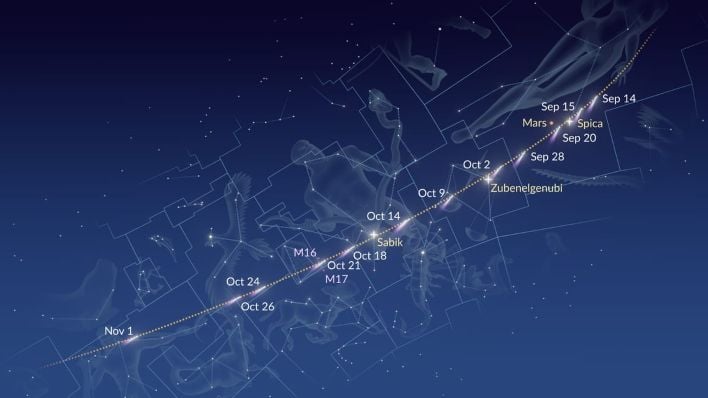Dual Green Comets Are Going To Streak The October Skies, How To Watch
The comets in question are Comet C/2025 A6 (Lemmon) and Comet C/2025 R2 (SWAN). While comets are famously unpredictable, current forecasts suggest Comet Lemmon could be the most stunning. Discovered earlier this year, it has been rapidly brightening and is anticipated to reach a magnitude as low as +3.5 to +2.5, i.e. at a brightness level that makes it visible to the unaided eye from dark-sky locations. It's expected to pass closest to Earth on October 21, conveniently transitioning into the evening sky (for Northern Hemisphere folks) by mid-month, making it an ideal target low on the northwestern horizon after sunset.
Comet SWAN could also turn out to be interesting. Although expected to be slightly dimmer, hovering around magnitude +6, it should still be an easy catch with binoculars. It makes its closest approach just a day before Lemmon (October 20) appearing low in the southwestern sky after dusk.

For those interested in checking these out (thanks to StarWalk for the tip), look to the northwest after sunset for Comet Lemmon, which will be traversing constellations like Ursa Major and Boötes. For an easier find, look near the bright star Cor Caroli in Canes Venatici around October 16. Comet SWAN will be visible low on the southwestern horizon. Astronomers advise using a decent pair of binoculars for the best view, as a comet's light is diffused over a wider area than a star, making it harder to spot with the naked eye even at a bright magnitude.

